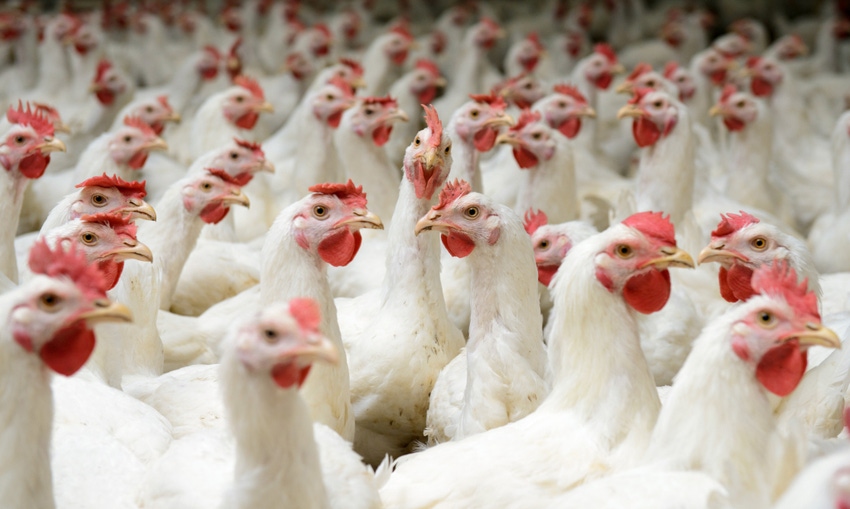Researchers examine the benefits of nipple drinker catch trays
No significant differences in broiler water usage between a drinker system.
June 11, 2021

USPOULTRY and the USPOULTRY Foundation recently announced that the completion of a funded research project at the University of Georgia in Athens, Georgia in which researchers examined the benefits of nipple drinker catch trays.
Michael Czarick and colleagues at the University of Georgia Department of Poultry Science evaluated the effect of catch trays on broiler water usage, litter moisture, water activity, footpad health and whether catch trays increase a bird’s exposure to Salmonella and/or Pseudomonas. The study was conducted on a three-house commercial broiler farm. Each house was subdivided into four sections for a total of 12 sections. Five sections had drinker lines with catch trays, and five had identical drinker lines without catch trays. Two sections had two drinker lines with trays and two without.
In all four flocks studied, there were no significant differences in broiler water usage between a drinker system without catch trays versus with catch trays. The data showed birds had no preference in drinker systems with or without catch trays. The catch tray systems had significantly lower litter moisture and water activity from day 7 to the last sampling day in all four flocks. In addition, in three out of four flocks, the catch tray systems litter moisture was below 25%. In three out of four flocks, during the first 21 days, the catch tray systems and non-catch tray systems had no footpad lesions. Yet, in flock 4, the catch tray and non-catch tray systems had minor occurrences of footpad lesions (< 8%). In all four flocks at day 28 and the last sampling day, the non-catch tray systems had numerically more footpad lesions than the catch tray systems. However, the difference was less than 15%. This suggests that catch trays do not contribute to Salmonella growth.
The research was made possible in part by an endowing Foundation gift from Claxton Poultry and is part of the Association’s comprehensive research program encompassing all phases of poultry and egg production and processing.
The research summary can be found on the USPOULTRY website.
You May Also Like



